ServiceNow Certified Application Developer: A Developer’s Guide to Innovation
ServiceNow is a platform that provides service management software as a service. It is used to automate and manage various business processes, making it an essential tool for numerous organizations. As the demand for ServiceNow expertise grows, there's a mounting need for trained professionals who can leverage the platform's capabilities. This is where Multisoft Virtual Academy’s ServiceNow Certified Application Developer Online Training comes into play.

What is ServiceNow Certified Application Developer Online Training?
The ServiceNow ITOM Training and Certification Course Online is an online course offered by Multisoft Virtual Academy. It is designed to equip participants with the skills and knowledge needed to develop applications on the ServiceNow platform. Whether you're a beginner or have some previous experience with ServiceNow, this training can prove invaluable.
ServiceNow Certified Application Developer Online Training by Multisoft Virtual Academy is a comprehensive program designed to equip learners with the skills needed to develop applications on the ServiceNow platform. This online training, led by experienced instructors, covers key concepts, scripting, integration, and more, preparing students for the ServiceNow Certified Application Developer exam. With flexibility to suit working professionals and hands-on practical experience, it's an ideal course for those seeking to excel in the rapidly growing field of ServiceNow development.
ServiceNow is a leading cloud-based platform that offers IT Service Management (ITSM) solutions, enabling organizations to automate and streamline various business processes. It has become an essential tool for many large and mid-sized companies across various industries.
Development Principles in ServiceNow
In the context of ServiceNow, development principles refer to the standardized guidelines and practices that govern how applications are designed, created, and maintained within the platform. Adhering to these principles ensures consistency, efficiency, and quality in application development. Here's a look at some of the key development principles within ServiceNow Training:
- Understanding Business Needs: Before development begins, it's essential to understand the specific business needs and requirements.
- Adhering to Best Practices: ServiceNow provides a set of best practices that guide developers in creating well-structured and maintainable applications.
- Modular Development: Creating modular components promotes reusability and makes maintenance easier.
- Utilizing Out-of-the-Box Features: ServiceNow offers a wide range of pre-built functionalities and templates.
- Implementing Security Measures: Security should be considered at all stages of development. This includes proper access controls, data protection, and adherence to relevant compliance standards.
Application Design and Implementation in ServiceNow
The design and implementation of applications in ServiceNow Admin Training are critical phases that require a well-thought-out approach. The efficiency, usability, and functionality of an application are all shaped during these stages. Here's an overview of the essential aspects of application design and implementation within the ServiceNow platform.
1. Understanding Requirements
- Identify the specific organizational needs that the application will address.
- Understand who the users will be and what they require from the application.
- Determine the technical constraints, integrations, and compliance needs.
2. Application Design
- Structure the information within the application for optimal navigation and usability.
- Design the user interface (UI) for an intuitive and visually appealing user experience, utilizing ServiceNow’s UI components.
- Define the data model, including tables, relationships, and access controls.
3. Implementation
- Utilize ServiceNow Studio, the integrated development environment (IDE) for creating and managing application files.
- Where possible, leverage existing out-of-the-box components and features to save development time.
- Implement custom scripts, forms, or modules as required to meet specific needs.
4. Testing
- Test individual components to ensure they function correctly.
- Test how different parts of the application work together.
- Validate that the application meets the user's needs and expectations.
5. Deployment
- Deploy the application to a staging environment for final testing.
- Move the application to the production environment, ensuring proper migration of configurations and data.
6. Post-Deployment Support
- Monitor the application for performance, usage, and potential issues.
- Regularly review and update the application to keep it aligned with changing needs and to address any issues.
How to Create and Manage Applications
The process of creating and managing applications involves a series of strategic steps to ensure they’re built efficiently, functionally, and are easily maintainable. In the context of platforms like ServiceNow, these steps become especially significant given the suite of tools available for application development.
Step 1: Identifying the Need
Before diving into the creation process, it's essential to identify the specific needs and objectives that the application aims to fulfill. This involves conducting a comprehensive needs assessment, defining the goals, and setting clear expectations of the app's functionalities. It could range from automating a business process, enhancing user experience, or integrating with other applications.
Step 2: Planning
Planning is the cornerstone of application development. It involves mapping out the features, functionalities, and the user interface design. Furthermore, considering the security protocols, data handling, and user accessibility are crucial. ServiceNow, for instance, offers a robust platform where developers can customize applications to meet specific organizational needs. During this phase, planning the application’s modules, tables, and other elements is crucial.
Step 3: Application Creation in ServiceNow
ServiceNow allows developers to create applications via its user-friendly interface. Navigate to the ‘System Applications’ and then ‘Create Application’. You’re prompted to fill in details like name, description, and roles. ServiceNow Strategic Portfolio Management (SPM) Training generates the application shell, placing you at the forefront of customization.
Step 4: Developing Modules and Features
This is where the actual development process begins. Developers can create tables to store data specific to the application and develop various modules and functionalities leveraging ServiceNow’s rich scripting options. The platform supports both server-side and client-side scripting, offering a versatile development environment.
Step 5: Testing
Every application requires rigorous testing to ensure all features and modules work as intended. ServiceNow provides tools for automated and manual testing. Testing involves checking the application’s functionalities, user interface, performance, security, and its integrative capabilities.
Step 6: Deployment
Once testing is completed and the application is deemed ready, it’s time for deployment. In ServiceNow, applications can be moved from the development instance to the production instance. Ensuring the application is well-documented helps in seamless transition and operation.
Step 7: Maintenance and Updates
Post-deployment, the focus shifts to maintenance. Applications should be periodically reviewed for any required updates or improvements. ServiceNow facilitates easy updates through update sets and offers tools for ongoing maintenance.
Step 8: User Training and Support
The last step involves training the end-users and providing the necessary support. Creating comprehensive user manuals, offering training sessions, and establishing a support system for addressing issues ensures that the application is used optimally.
Therefore, Creating and managing applications in platforms like ServiceNow is a systematic and strategic process. It requires not just technical skills but also an understanding of the organizational needs, user experience, and ongoing trends in application development. Every step, from planning to support, is integral in ensuring the application not only serves its purpose but also evolves with the changing organizational landscape.
Conclusion
ServiceNow is revolutionizing the way businesses manage services. As organizations continue to adopt this platform, the demand for certified professionals is likely to grow. Multisoft Virtual Academy’s ServiceNow Certified Application Developer Online Training offers a comprehensive and flexible learning solution for those looking to enhance their career in this field.
The combination of expert guidance, hands-on experience, and flexible online learning makes this training a wise investment for anyone interested in ServiceNow application development.

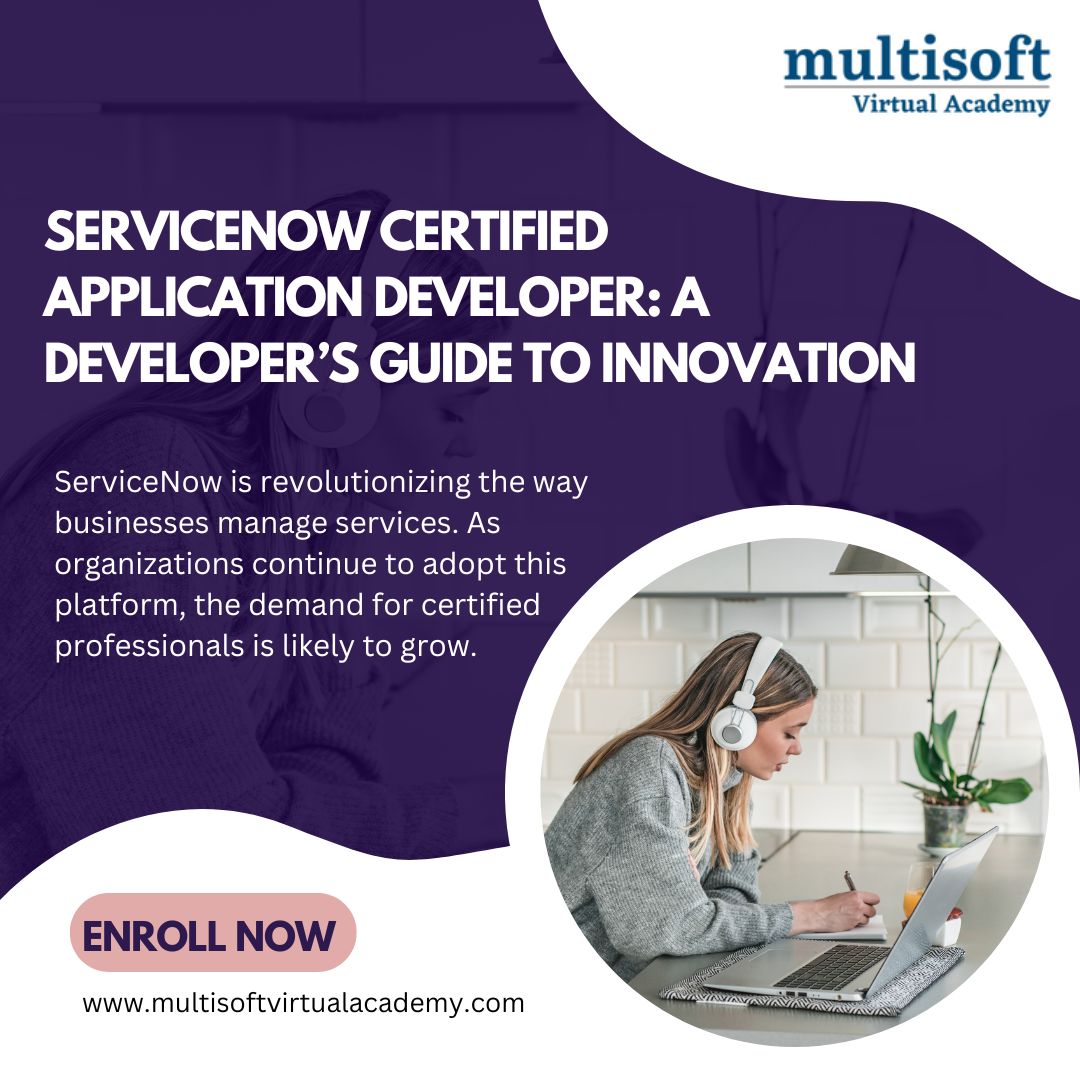



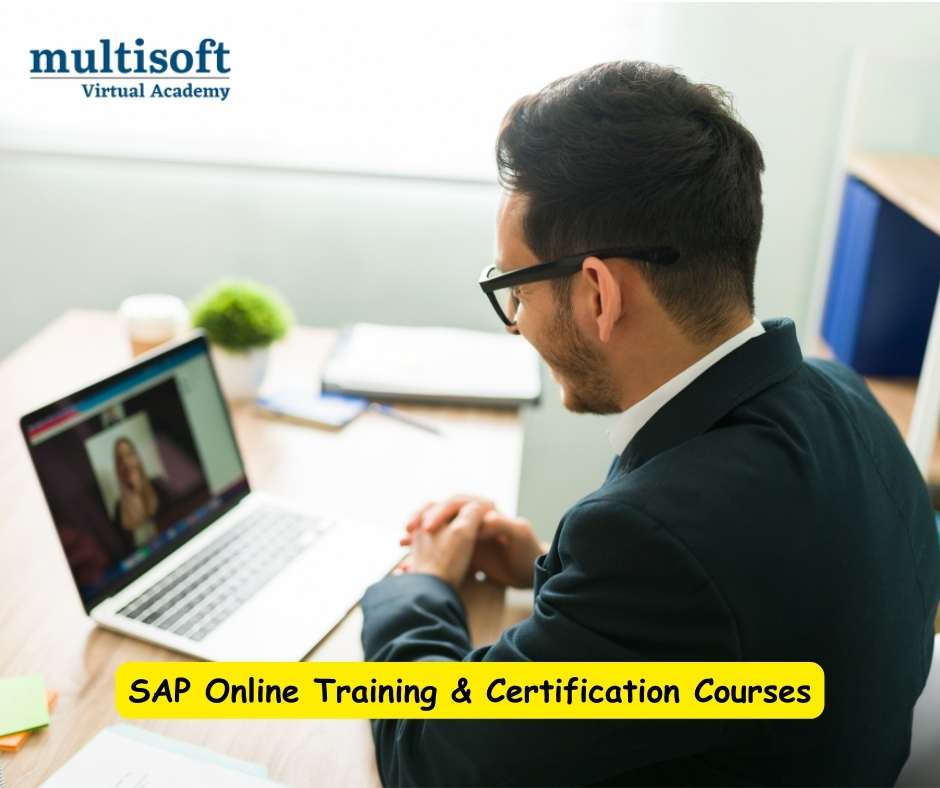














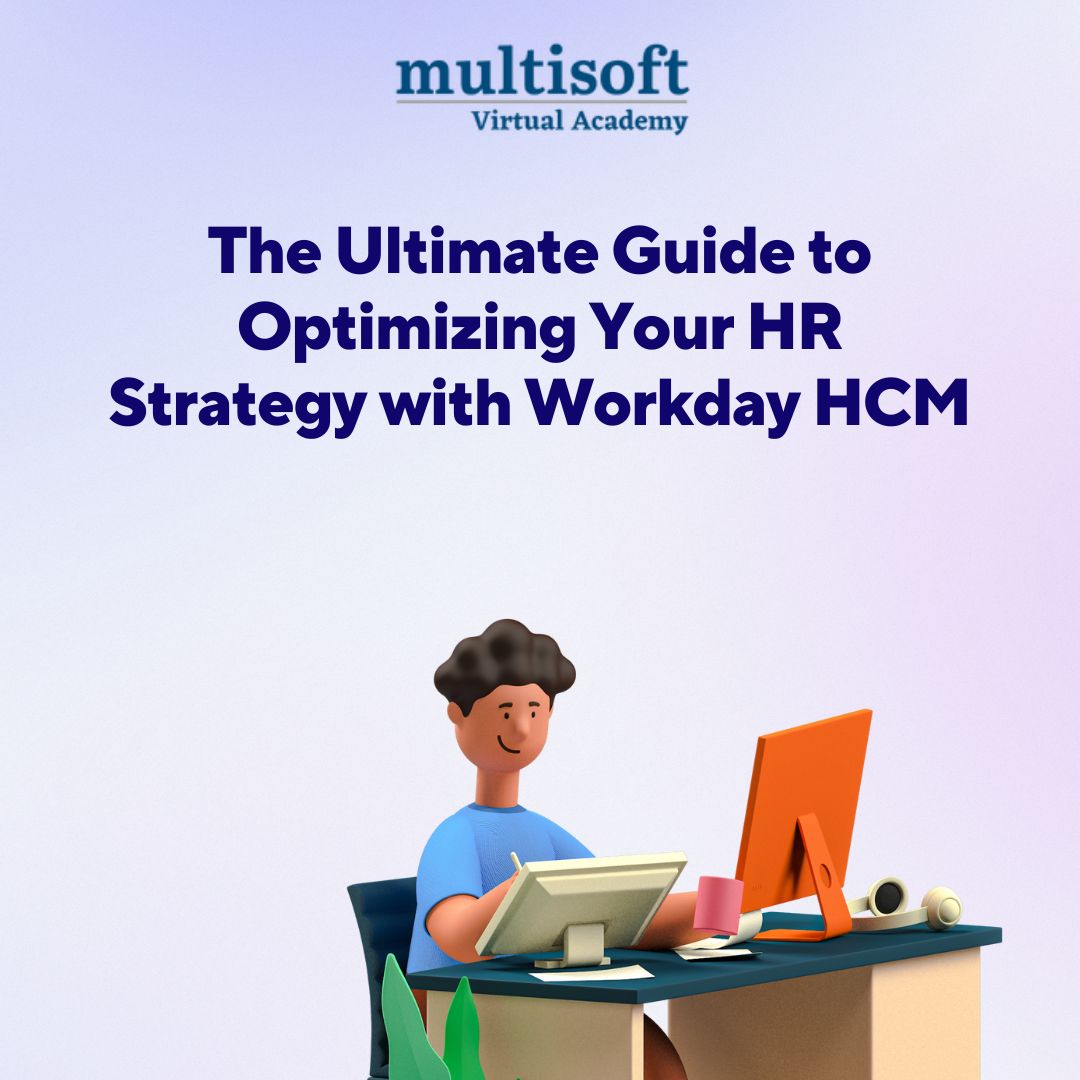













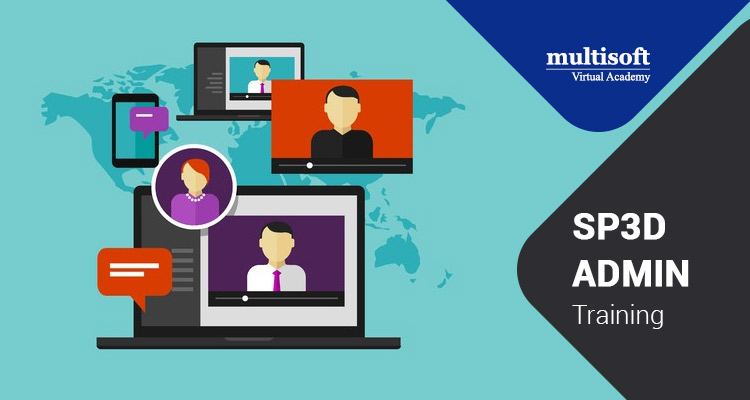
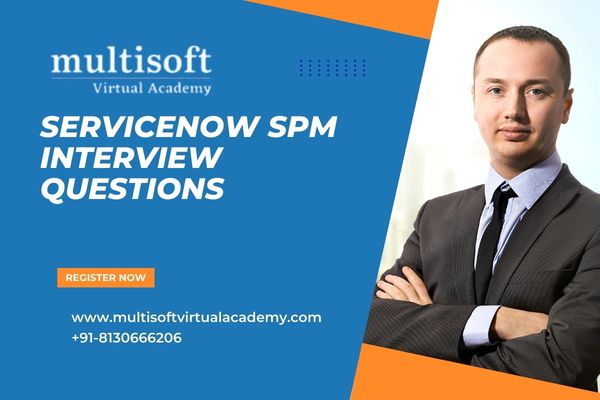








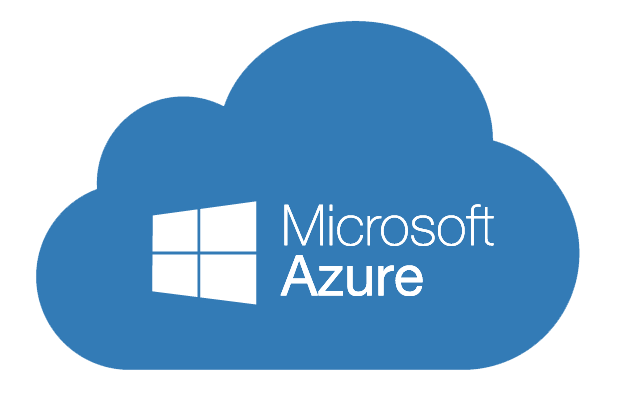



 Join our Live Instructor-Led online classes delivered by industry experts
Join our Live Instructor-Led online classes delivered by industry experts